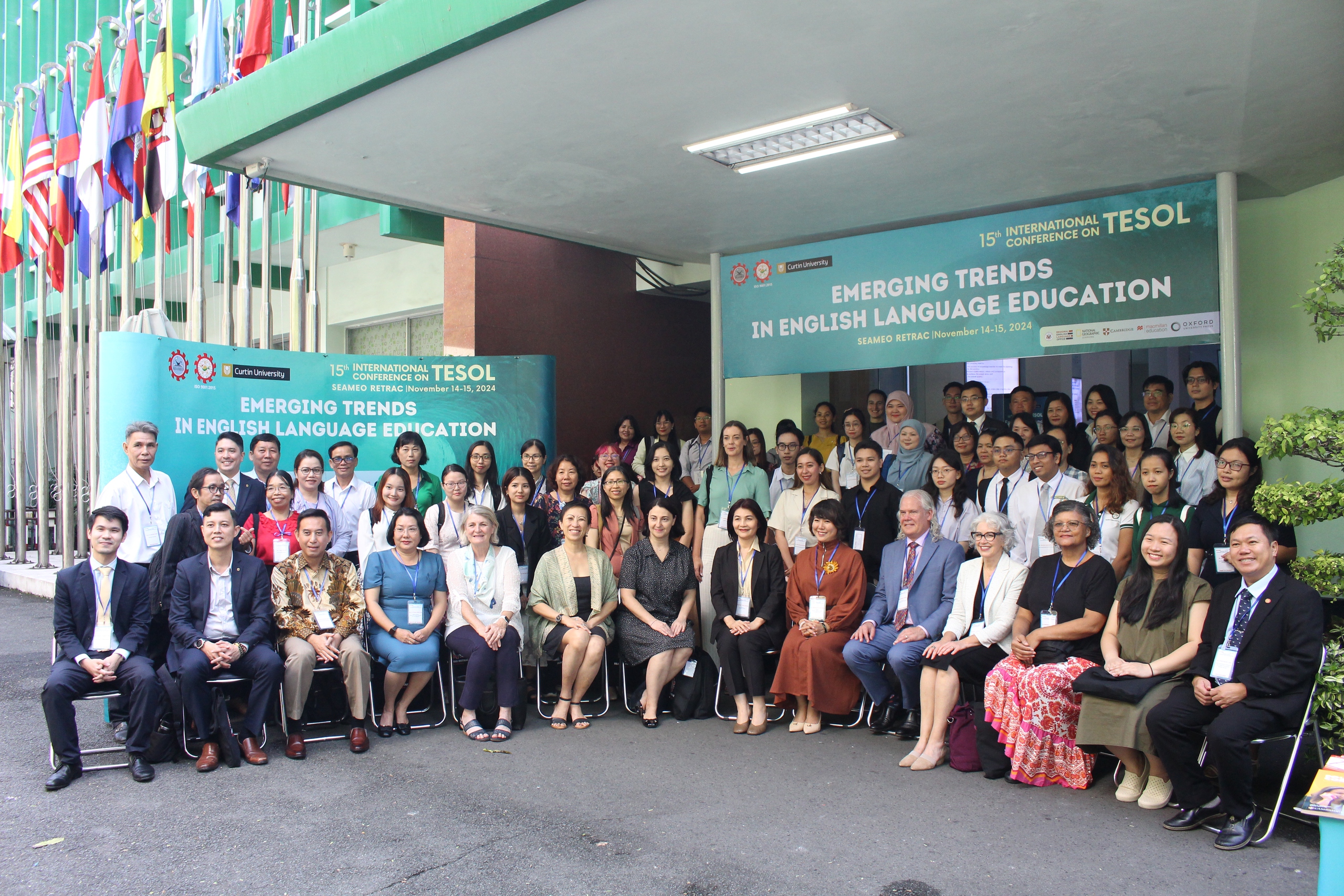
Scholars and experts from various countries attended the conference.
The information was shared at the 15th International Conference on English Language Teaching and Research (TESOL) with the theme “New Trends in English Language Teaching” on November 14, organized by the SEAMEO Regional Training Center in Vietnam in collaboration with Curtin University (Australia).
Group work to improve English
The authors Tricia Barcelo Dealagdon and Raffy S. Taghap from Ateneo de Zamboanga University Secondary School (Philippines) mentioned the grouping strategy in cooperative learning as a method to improve English and science skills. Ms. Dealagdon said: “Cooperative learning is conducted by dividing learners into groups so that each group can perform a task or study together. Grouping should be based on the workload or the area of study. Teachers must identify groups of learners based on the learning results of the previous semester or school year as a basis for dividing them into groups.”
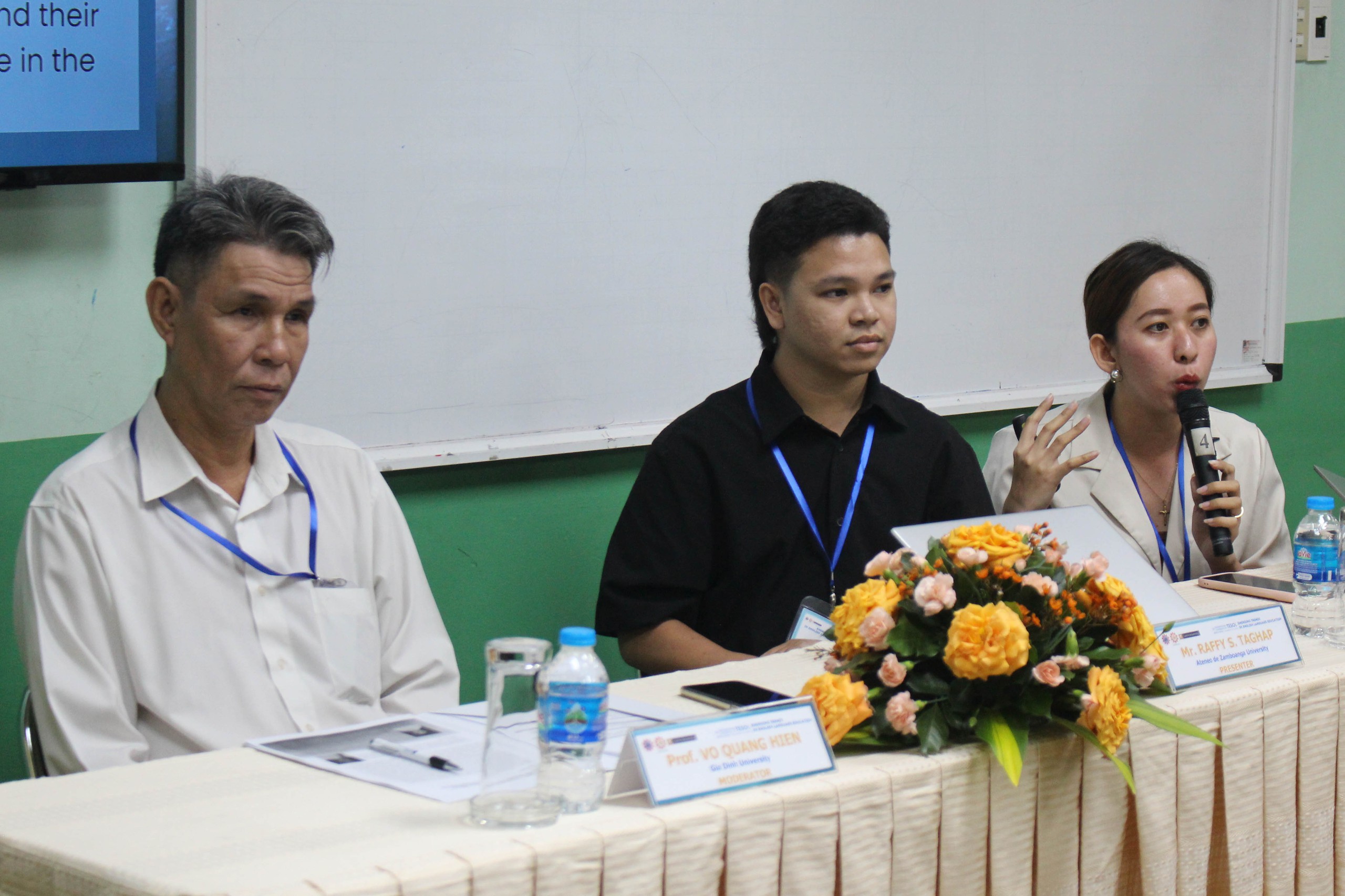
From right to left: Ms. Tricia Barcelo Dealagdon and Raffy S. Taghap, Ateneo de Zamboanga University Secondary School (Philippines)
The authors' research showed three ways of dividing, including study-buddy (groups of 2 people), triad (groups of 3 people), and group (groups of 4 people or more). The research results showed that English proficiency as well as scientific skills improved after dividing learners in all three ways.
“The key to improving a second language is practice. No matter how the group is divided, students can absorb the language through communication with their group mates,” Mr. Taghap shared.
In a report on the topic “Improving English Proficiency through Integrating English into Teaching Specialized Content: A Study in the Context of Taiwanese Universities”, Master Hoang Le Quoc Dat, lecturer at the Faculty of Foreign Languages, Ton Duc Thang University, said that using English to teach specialized content helps improve learners’ foreign language proficiency.
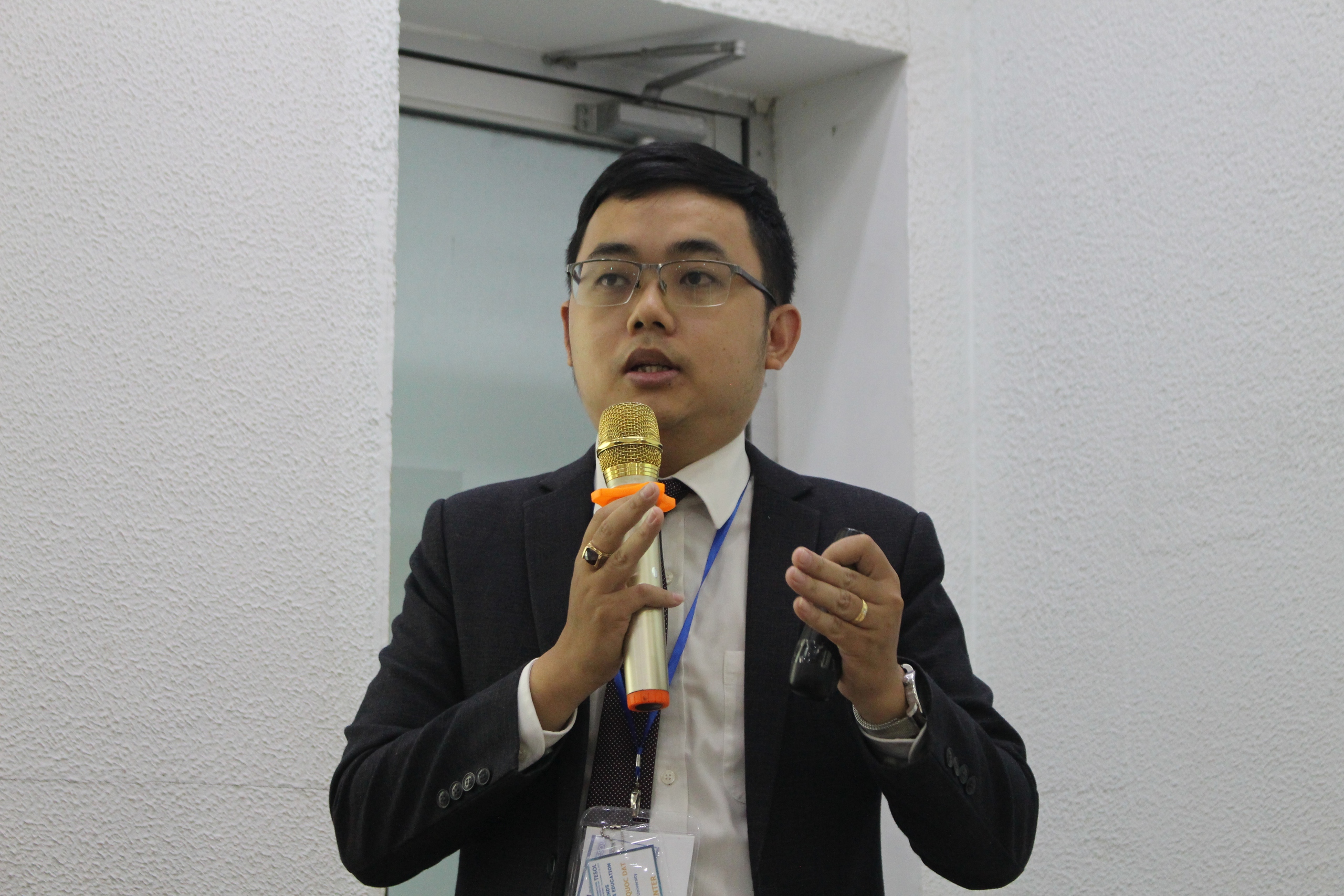
Master Hoang Le Quoc Dat emphasized the importance of integrating English into specialized content.
Master Dat said: “Students often have the habit of trying to translate English terms into their mother tongue when they encounter them. If they are exposed to English content regularly, they will become more familiar and 'absorb' it compared to studying without content or context. Through that, they can also see the importance of using English at work.”
According to Master Dat, in the course integrating English into the specialized content, the cooperation between lecturers with expertise in language and training majors brings benefits to learners. “Students surveyed said they understood complex topics thanks to this cooperation, when the content and language of the program are linked together. Students also have more opportunities to practice foreign languages through interactive activities, group discussions and peer feedback,” this lecturer informed.
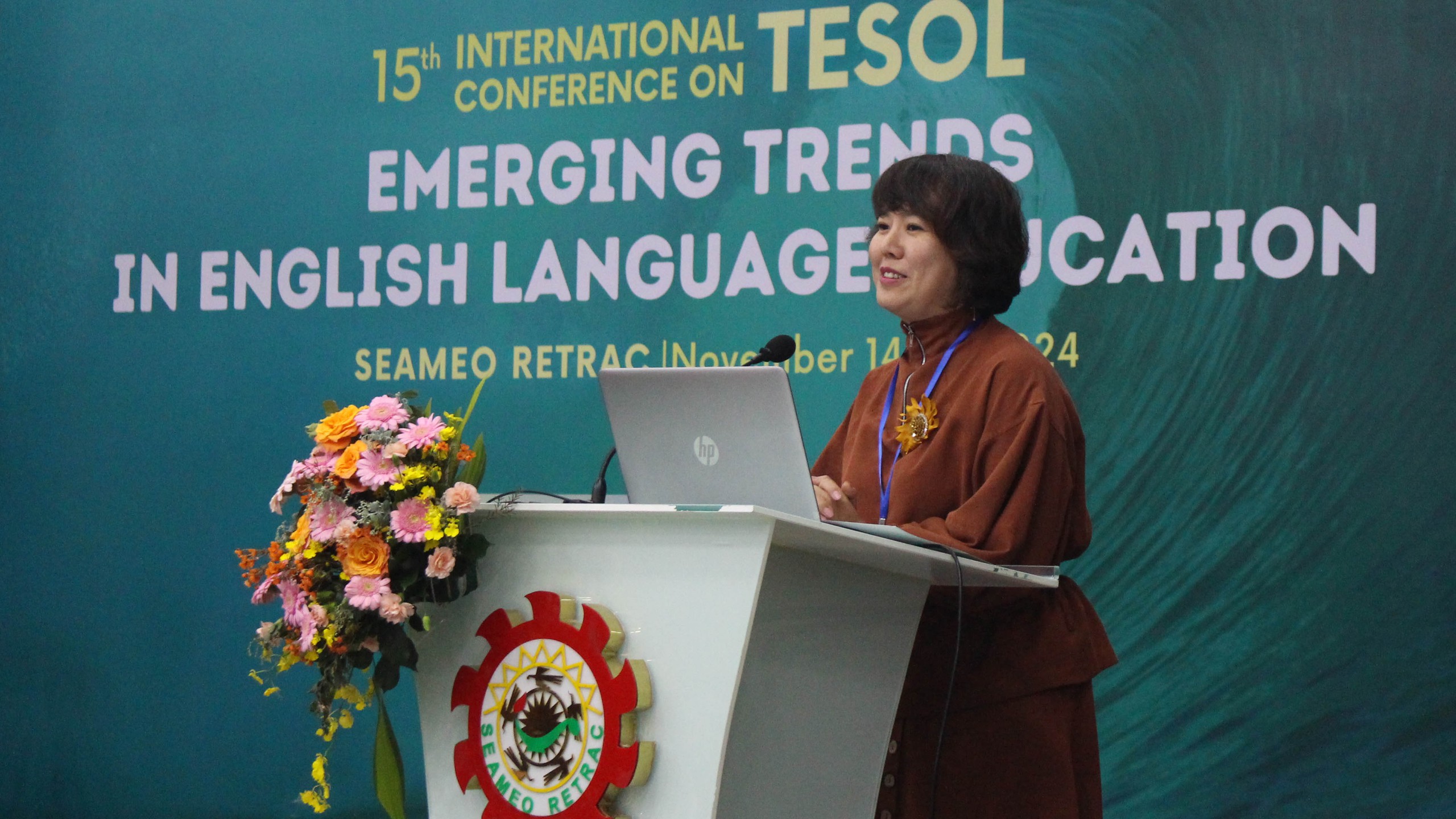
Dr. Nguyen Thi Mai Huu said that all the topics in the workshop were related to the activities in Vietnam's National Foreign Language Project.
“Improving English language teaching is a national priority”
Also at the workshop, Dr. Nguyen Thi Mai Huu, Head of the National Foreign Language Project Management Board, Ministry of Education and Training, stated that improving English teaching is a national priority. “English proficiency provides valuable opportunities for students, allowing them to participate in global dialogues, interact with diverse cultures and contribute to international cooperation. In Vietnam, we recognize that improving English teaching is not simply an educational goal but also a national priority, linked to the vision for development and integration into the global community,” said Ms. Mai Huu.
According to Mai Huu, while integrating digital tools into the classroom, we need to consider the impact of the tools on teaching. “Language learning apps, online platforms, and smart tutoring systems open up opportunities for personalized learning. However, we must approach these technologies with a critical mindset of how we can effectively integrate them into teaching while ensuring that they complement, not replace, the interactions that take place in a traditional educational context,” Mai Huu shared.
In addition, Ms. Mai Huu also emphasized the importance of discussions on innovative teaching methods. “With diverse classrooms including people with different backgrounds and learning styles, we need to use a variety of strategies to ensure that all students can develop. Methods such as collaborative learning, project-based learning (project-based tasks) or inquiry-based approaches (inquiry-based approaches) have the potential to engage students in a way that allows them to take ownership of their learning,” Ms. Mai Huu informed.
What is the goal of second language teaching?
Professor Shawn Loewen, Associate Chair for Graduate Studies in the Department of Linguistics, Languages, Cultures and Second Language Studies at Michigan State University (USA), raised the issue of second language teaching. “In second language teaching, the question is not whether teaching is effective or not, but what makes teaching more or less effective and what can we do to improve teaching methods. I think the goal we are aiming for is to create the ability to communicate in a second language naturally for learners,” said Professor Loewen.
To achieve this goal, Prof. Loewen proposes a research method based on practice activities, in which there is cooperation between teachers and researchers. “Researchers may not know what is relevant to teachers. Through dialogue, researchers can know the concerns and worries of teachers,” Prof. Loewen informed.
Source: https://thanhnien.vn/hoc-tieng-anh-trong-nhom-may-nguoi-se-hieu-qua-185241114204136728.htm






















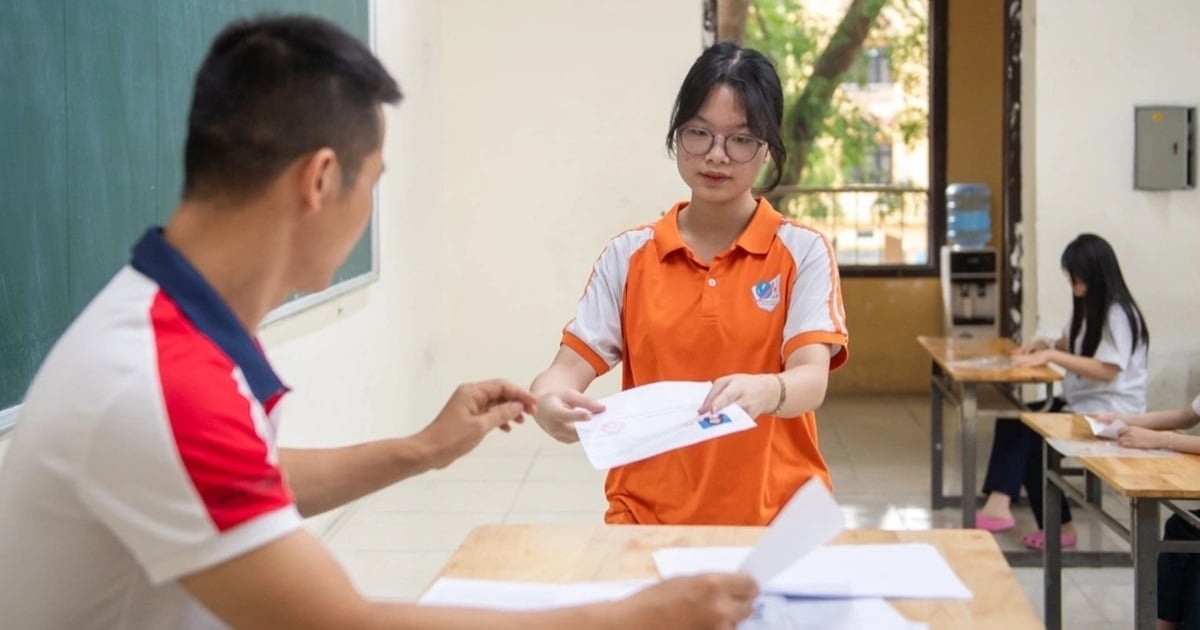

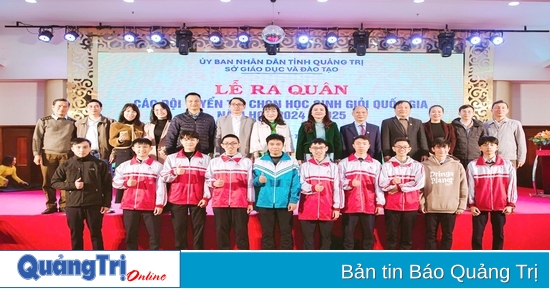
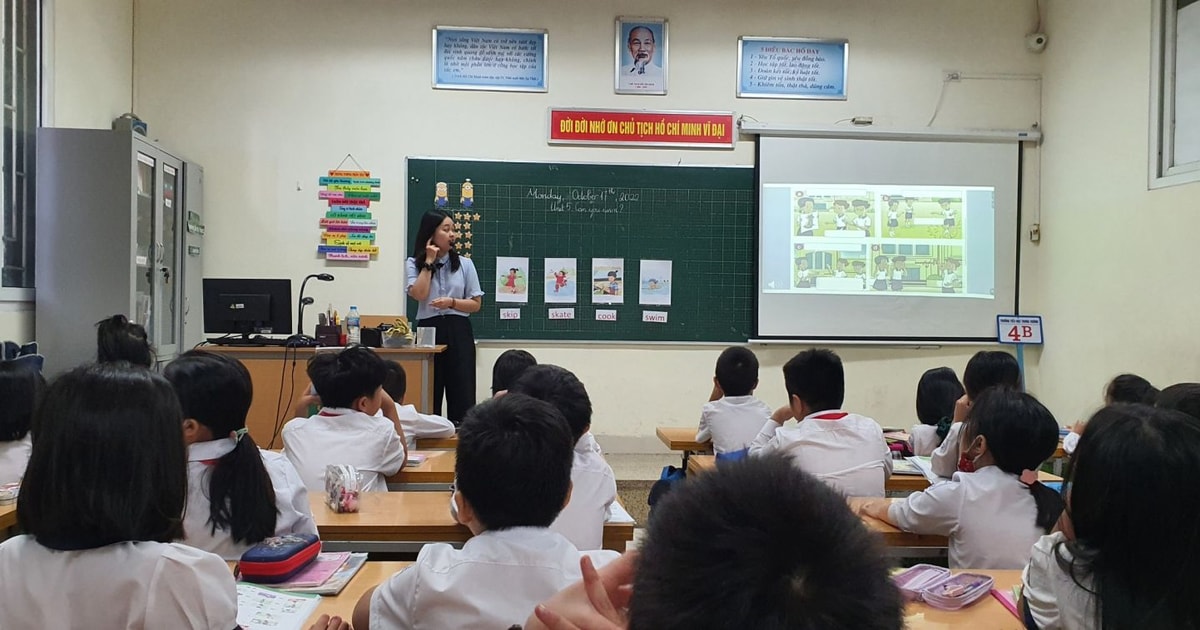

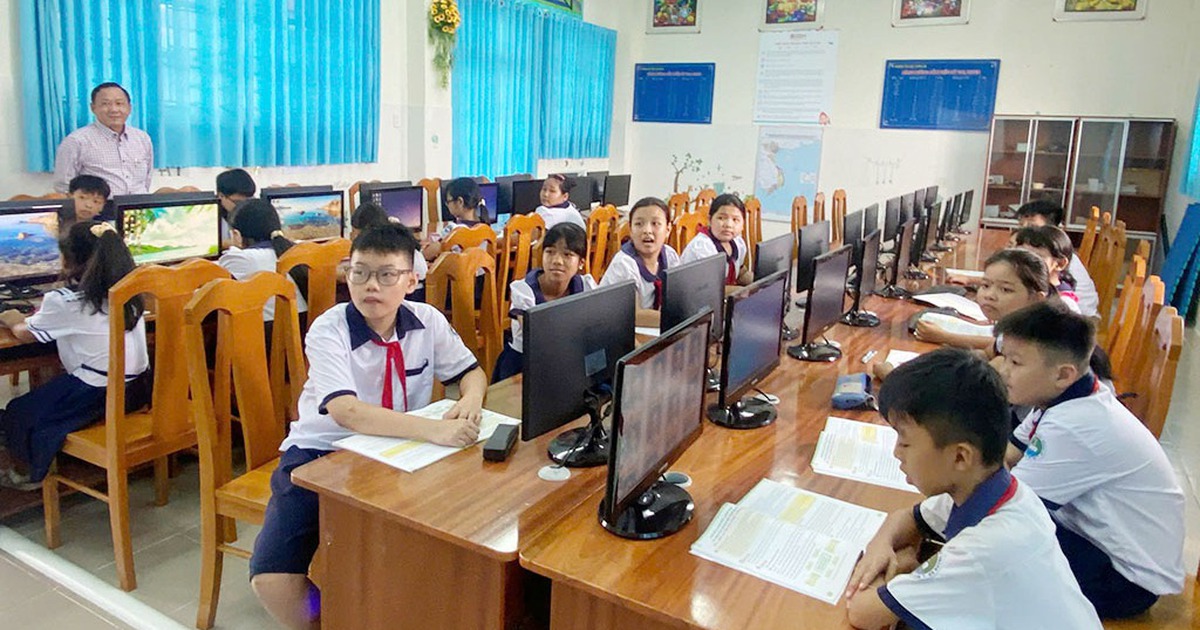
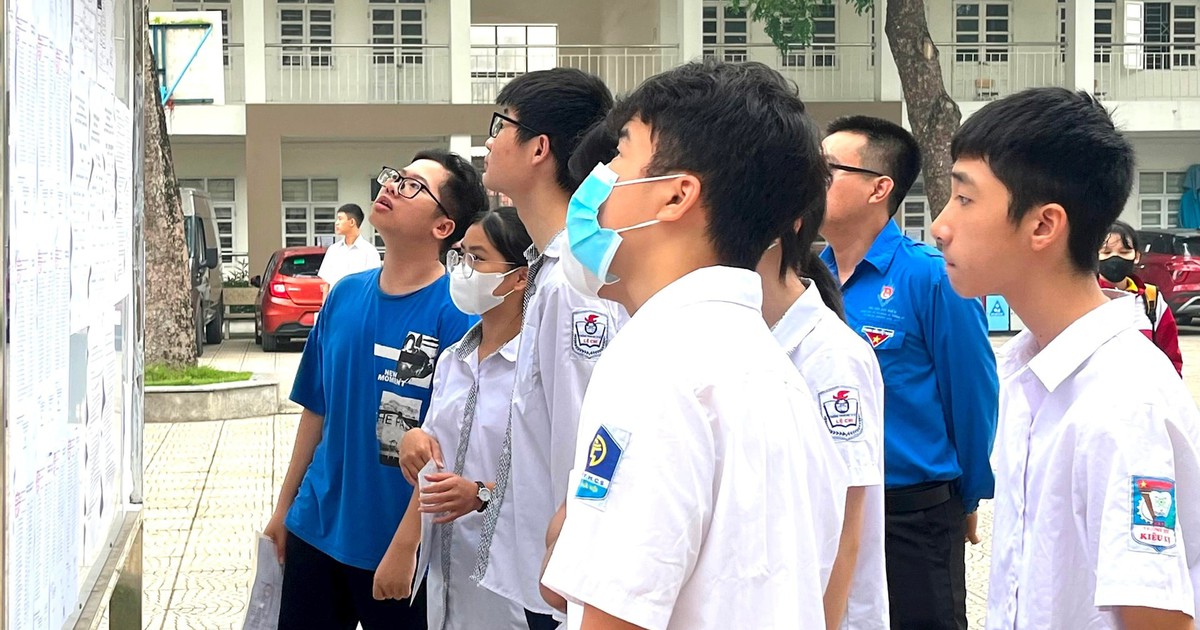

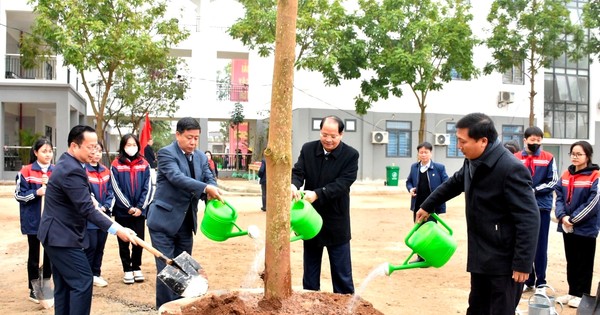

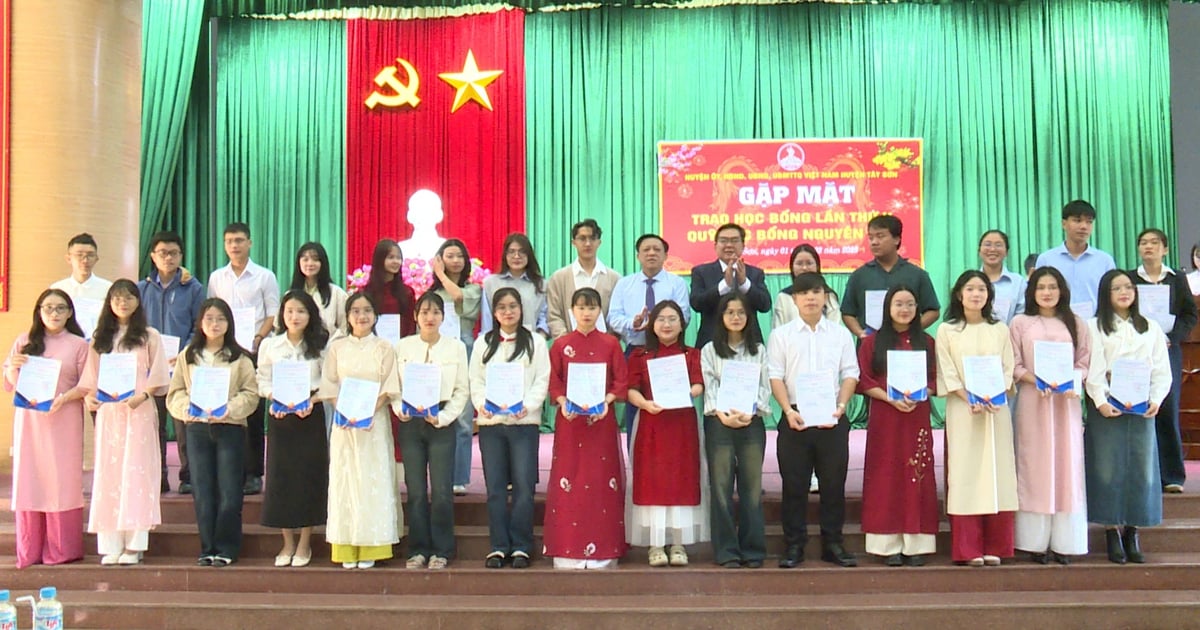


















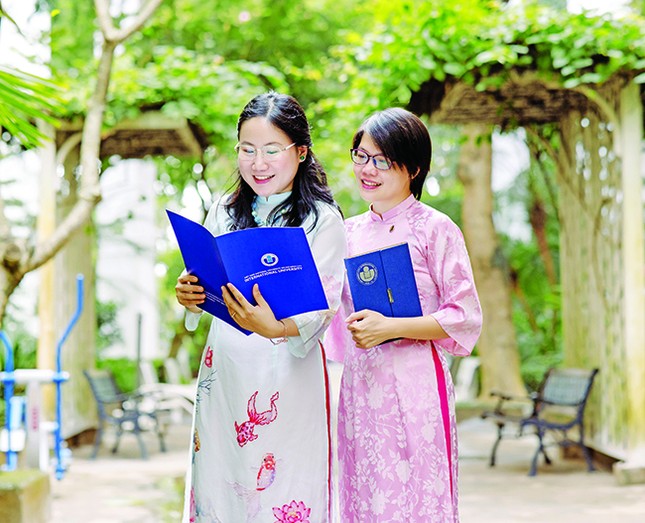




Comment (0)